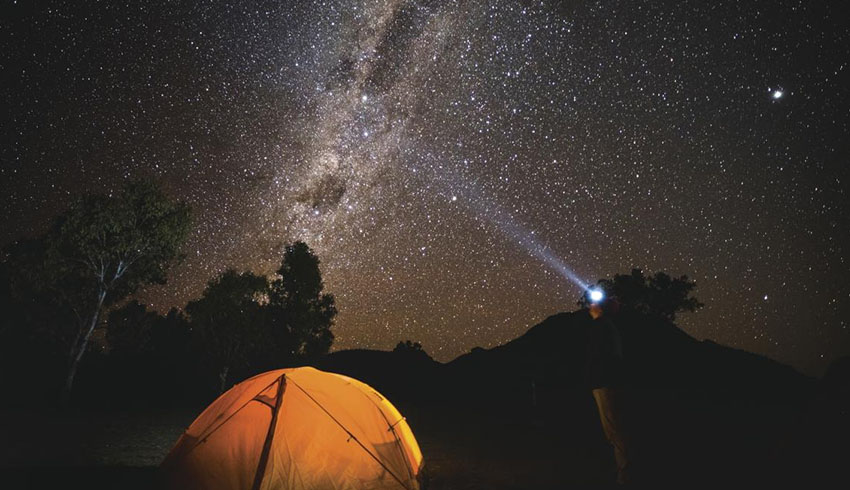The eerie and usually unheard sounds of space captured in the deep cold of Antarctica could be the next hot hit, thanks to a new research, musical and artistic collaboration.
The trio behind the space soundtrack are musician and composer Dr Kim Cunio from the Australian National University's School of Music, Dr Nigel Meredith a space weather researcher based at the British Antarctic Survey, and Cambridge-based artist-engineer Diana Scarborough.
For the soundtrack, Dr Meredith worked with four years of data from the Halley very low frequency (VLF) receiver and carefully selected a day featuring a rich variety of radio emissions made by the planet, including spherics, whistlers and chorus.
This data is normally used to investigate space weather storms, the impact of space weather on our climate and to detect lighting, but conversion to sound reveals a series of weird and wonderful noises, known as the 'sounds of space'.
Dr Meredith said, “Near-Earth space is full of rich variety of plasma waves that we can't normally hear. But we can take these electromagnetic waves and turn them into audible sounds. The result is these eerie noises that make you feel you are on the set of a classic science fiction film, but which at the same time are strangely familiar.
"Then there's the 'chorus', which are emissions from deep within the magnetosphere, the magnetic bubble surrounding the Earth. When you convert these into audio, they sound like a host of bird whistles in a forest."
Dr Cunio spent a day composing and playing piano, "a meditation" inspired by the space weather audio.
“Not solely to entertain as such collaborations were imagined generations ago, but to unite us in telling the story of our planet as it struggles under multiple stresses, each of which could change our civilisation within a generation,” Dr Cunio added.
Scarborough combines the resulting soundtrack with original visual sequences – using photos and images captured at Halley.
“The Halley Research Station is located in the remote Brunt Ice Shelf. It's not only ideal for capturing these incredible sounds, but also stunning visuals, including spectacular auroras that light the horizons with bright and captivating colour," Scarborough said.
Aurora Musicalis forms part of the 'Sounds of Space' project and is available for free on BandCamp.

